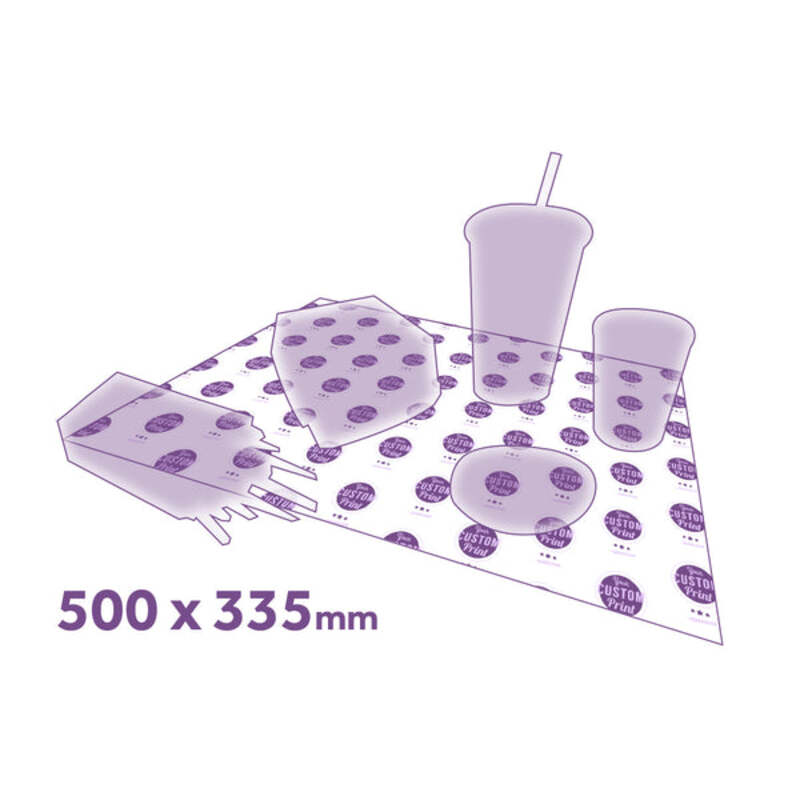The Iconic Symbol of British Cuisine Fish and Chips Boxes
When one thinks of British cuisine, a few iconic dishes come to mind, and at the top of that list is undoubtedly fish and chips. This dish has transcended its humble beginnings to become a staple of British culture, complete with its own unique packaging – the quintessential fish and chips box. These boxes, often made of paper or cardboard, do more than simply contain the delicious meal; they reflect the warmth of tradition, convenience, and innovation that characterizes this beloved dish.
A Brief History of Fish and Chips
Fish and chips emerged as a popular dish in the United Kingdom in the 19th century. While fried fish can be traced back to Jewish immigrants in London, the combination of fish and chips became a go-to meal for the working class during the Industrial Revolution. It was affordable, filling, and easily accessible. Fish and chips shops, known as chippies, sprung up across the country, often in urban areas where factory workers sought a quick meal. These establishments were crucial in providing nourishment to individuals working long hours in tough conditions.
The Role of the Box
As the popularity of fish and chips grew, so did the need for effective packaging. The classic fish and chips box serves multiple purposes. Initially designed to keep the hot food fresh and enjoyable, the box is typically made from grease-proof paper or cardboard, which is essential for containing the often greasy nature of fried fish and crispy chips. A well-structured box ensures that the food remains hot while making it easy to transport.
Moreover, the fish and chips box is a canvas for branding. Many chippies utilize creative graphics, often featuring images of fish, chips, or whimsical British motifs. These designs not only make the boxes visually appealing, but they also help promote the shop’s brand. In a crowded market of takeout options, a distinctive box can entice customers and instill a sense of nostalgia, harking back to the traditional fish and chips experience.
fish and chips boxes

An Eco-Friendly Approach
In recent years, there has been a growing awareness of environmental concerns surrounding single-use packaging. This has prompted many chippies to explore eco-friendly alternatives for their boxes. Biodegradable and recyclable materials are now being used to create fish and chips boxes that minimize environmental impact. Some establishments even offer incentives for customers who bring their own containers. This pivot towards sustainability speaks to a broader movement within the food industry aimed at reducing waste and protecting the planet.
Cultural Significance
Fish and chips boxes are more than just practical vessels for food; they represent a cultural touchstone for many Britons. For families, a Friday night spent sharing fish and chips is a cherished tradition. The act of buying fish and chips and bringing them home encapsulates comfort, familiarity, and community. The accompanying box serves as a reminder of these moments, often adorned with fingerprints and remnants of a satisfying meal shared with loved ones.
Conclusion
The fish and chips box is not just a simple container; it is a symbol of British culture, history, and community. Through its evolution from a practical food carrier to a branding tool, and now an environmentally conscious product, the fish and chips box embodies the journey of this iconic dish. As we honor the tradition of fish and chips, let us also appreciate the humble box that has played a crucial role in delivering this cherished meal to generations of diners across the UK and beyond. The next time you savor fish and chips, take a moment to consider the box that holds it all – a small yet significant part of a larger culinary narrative.



